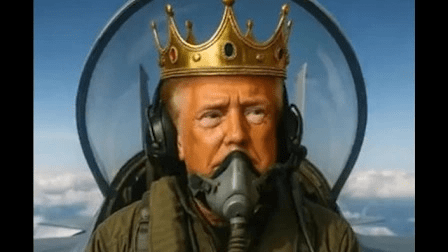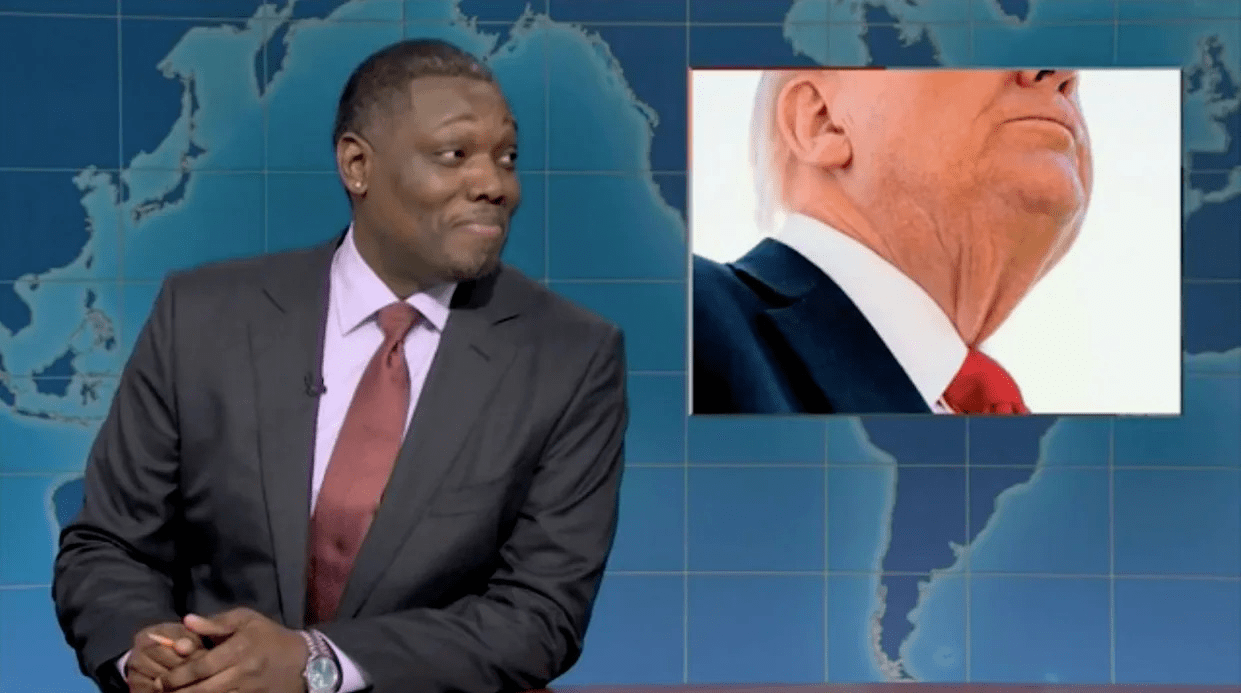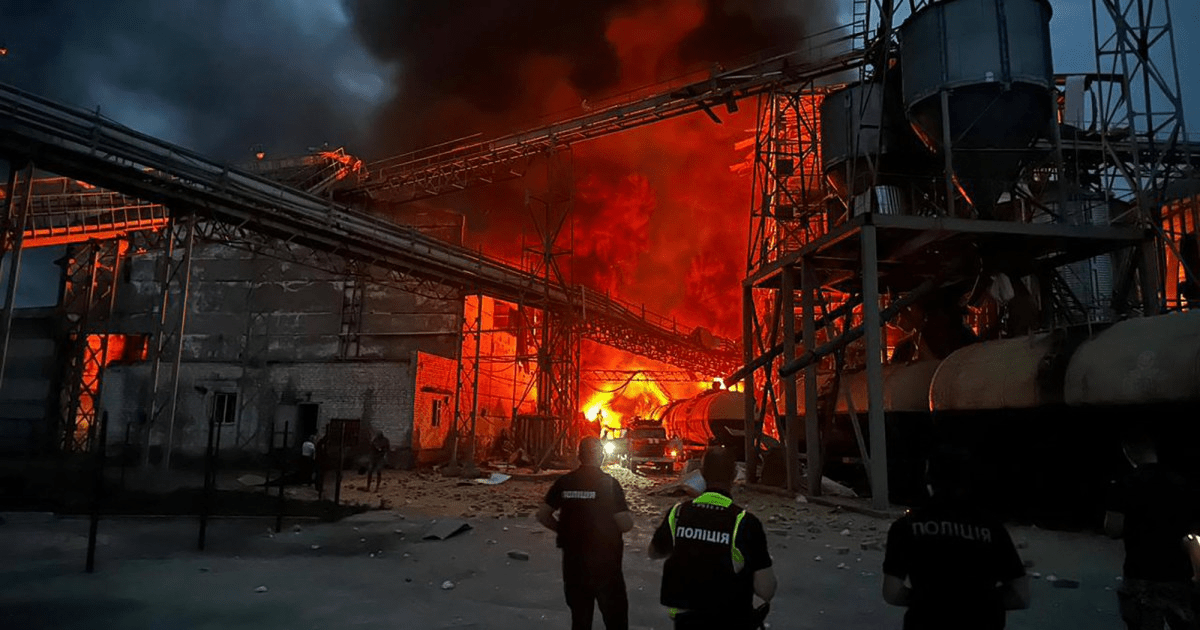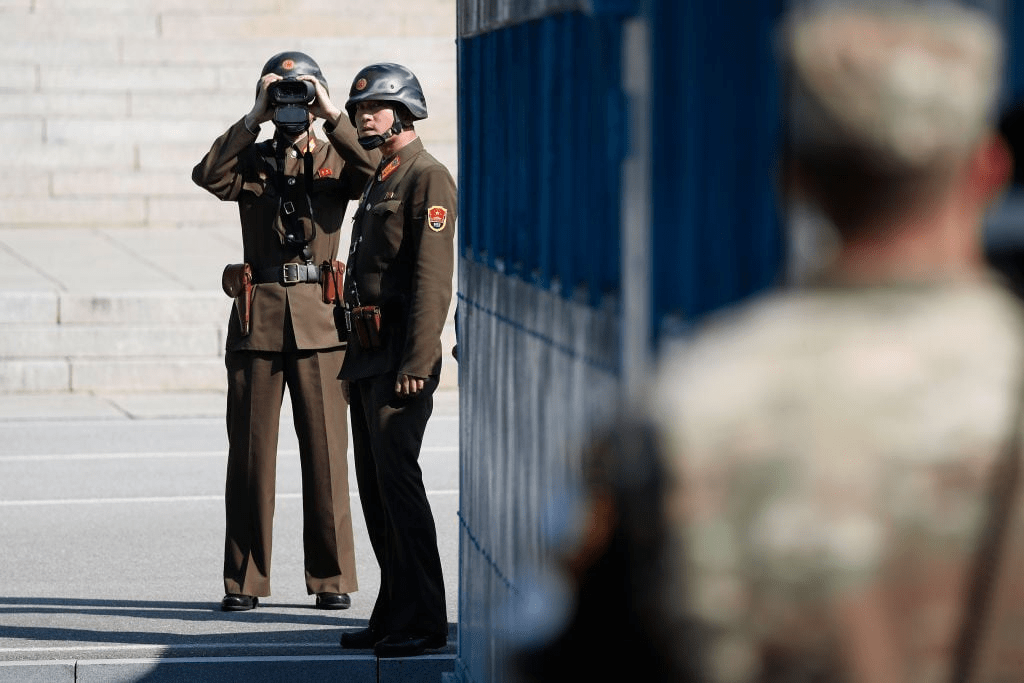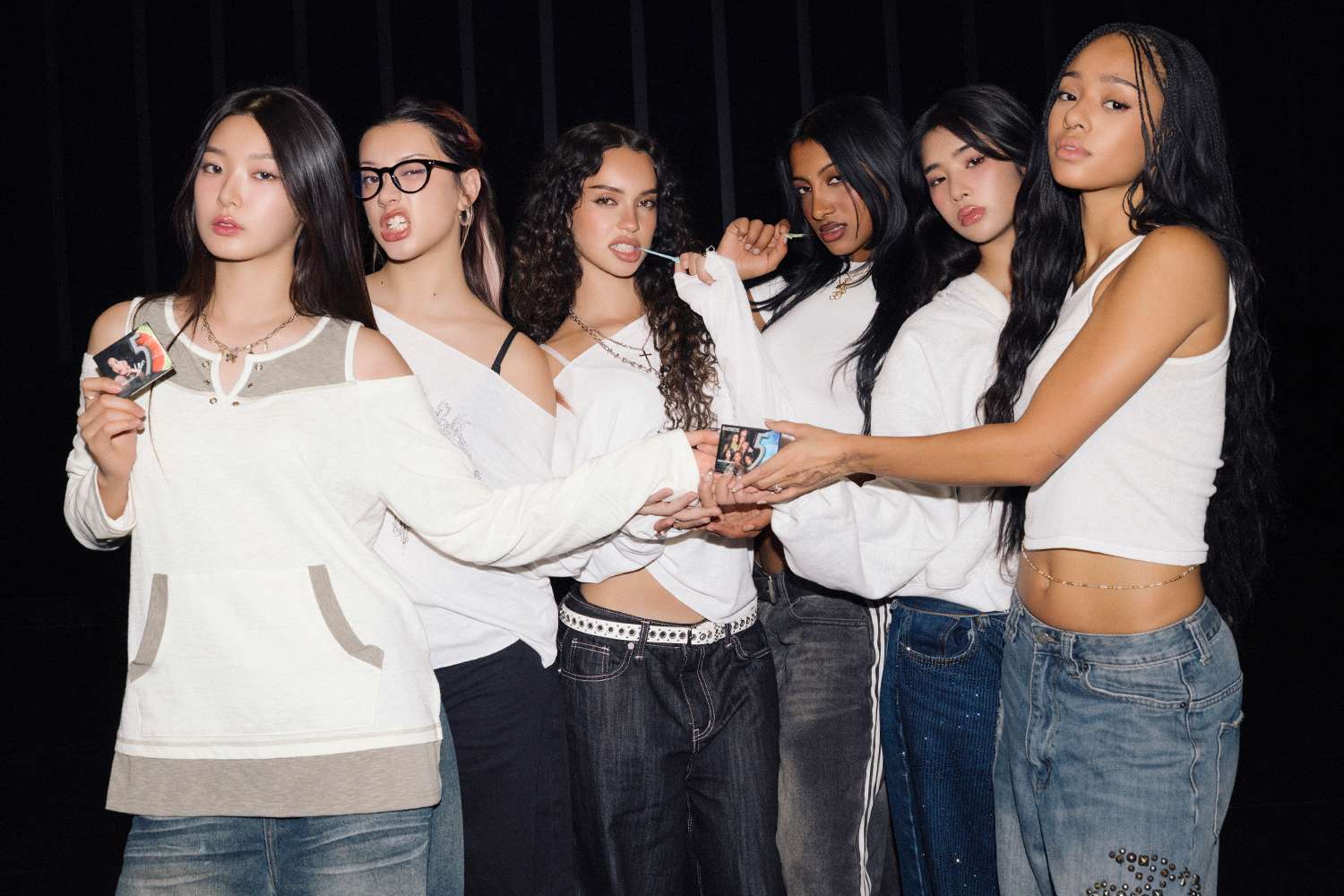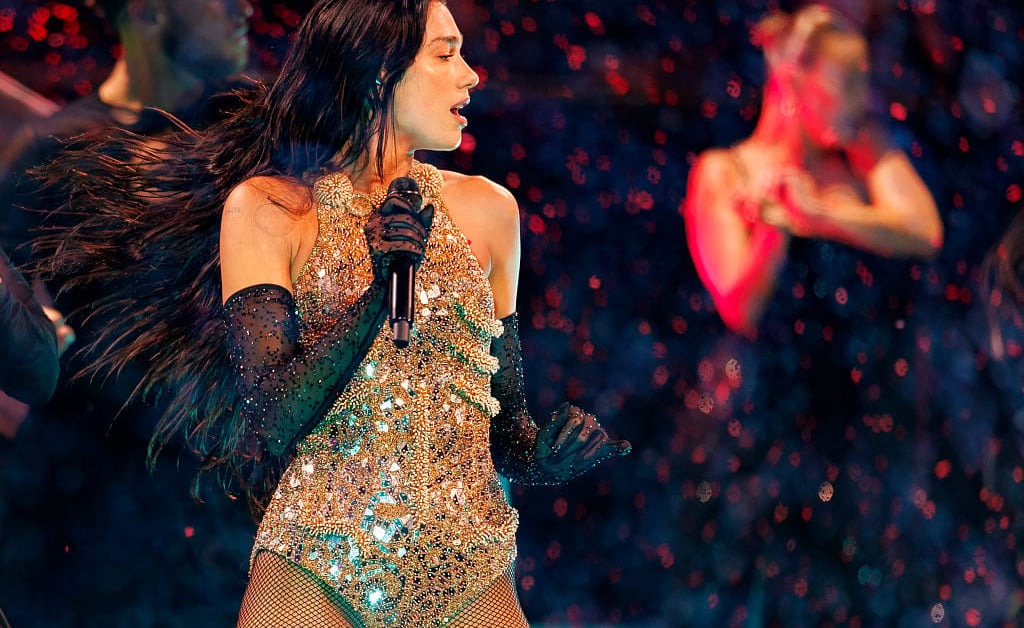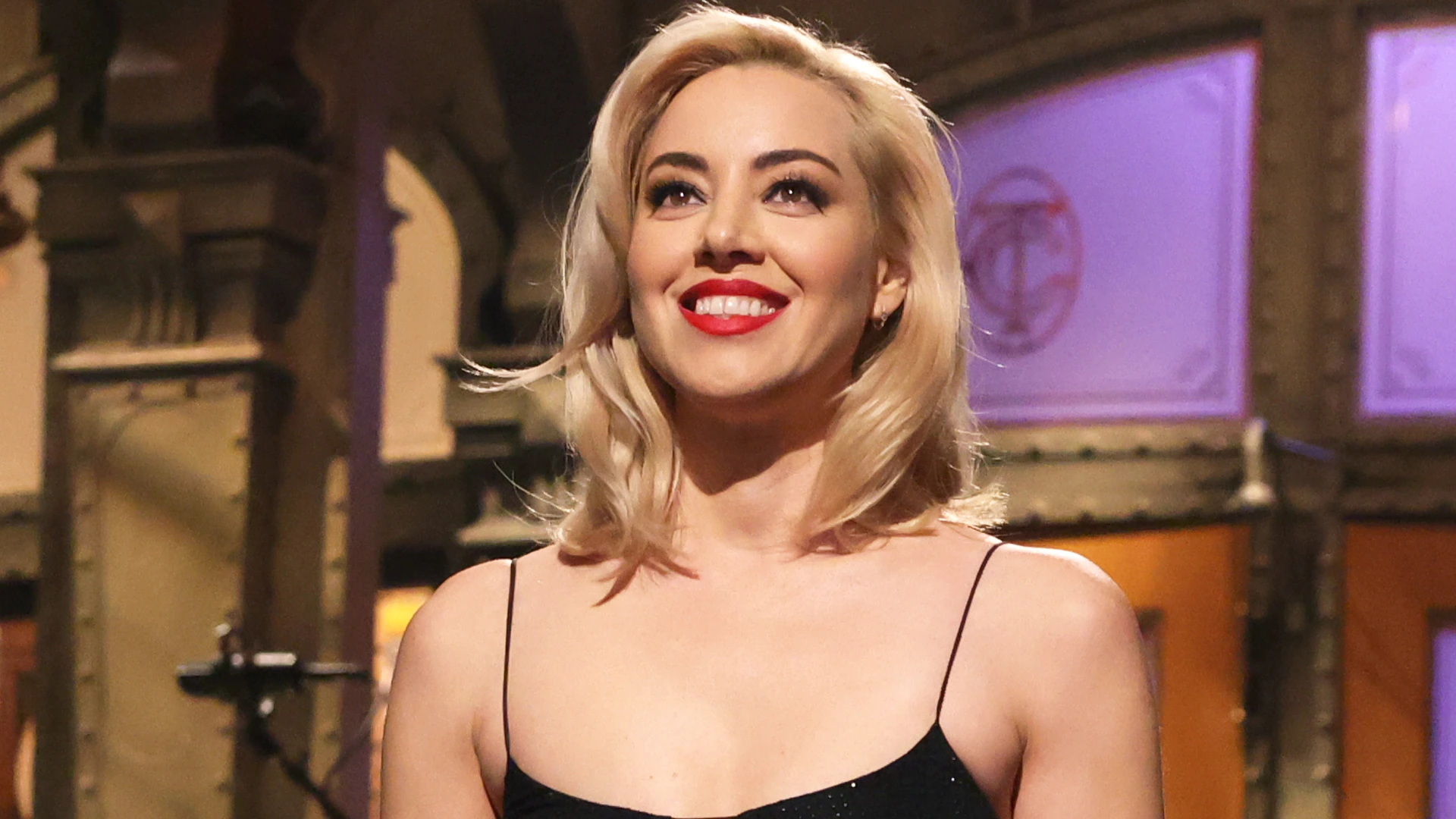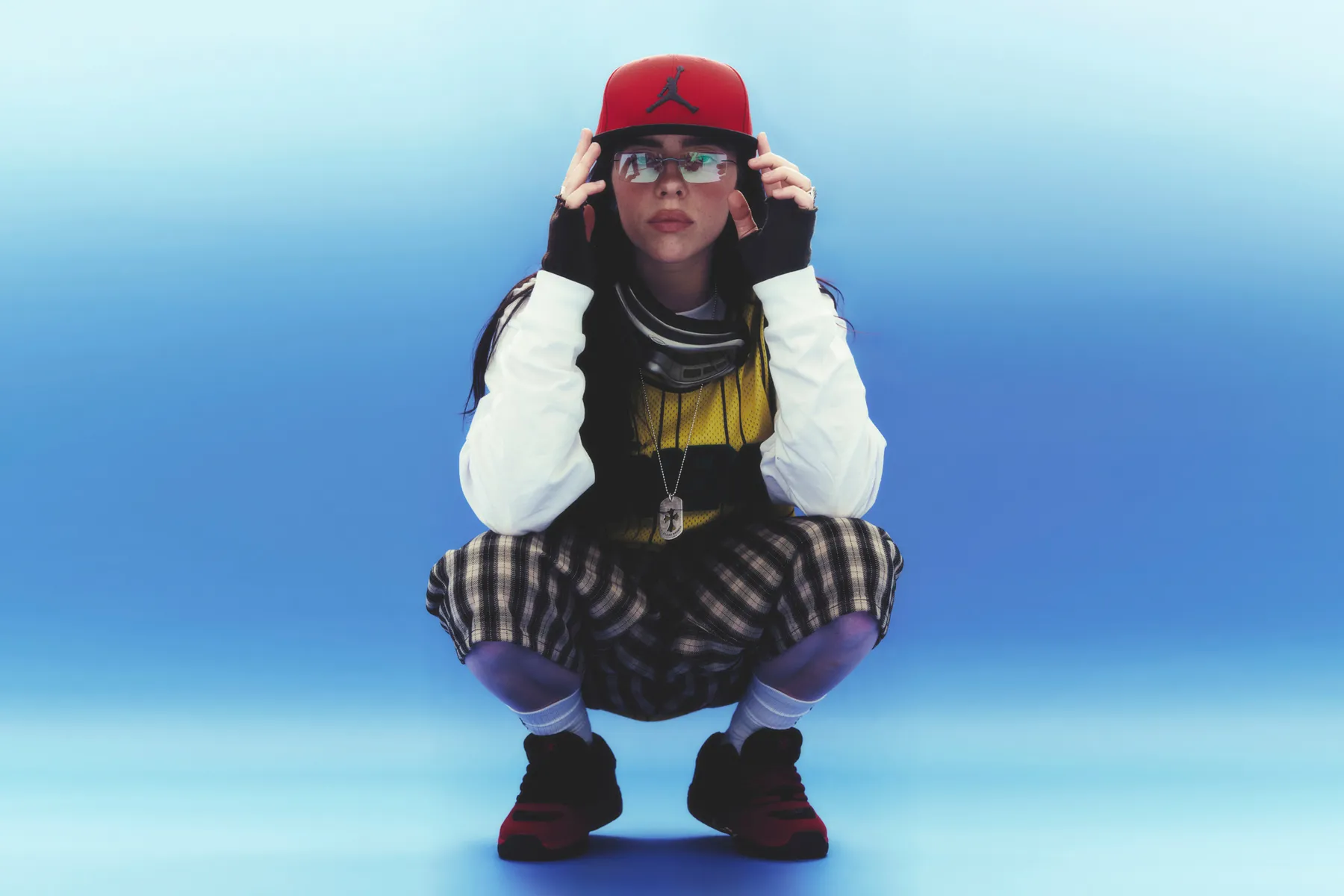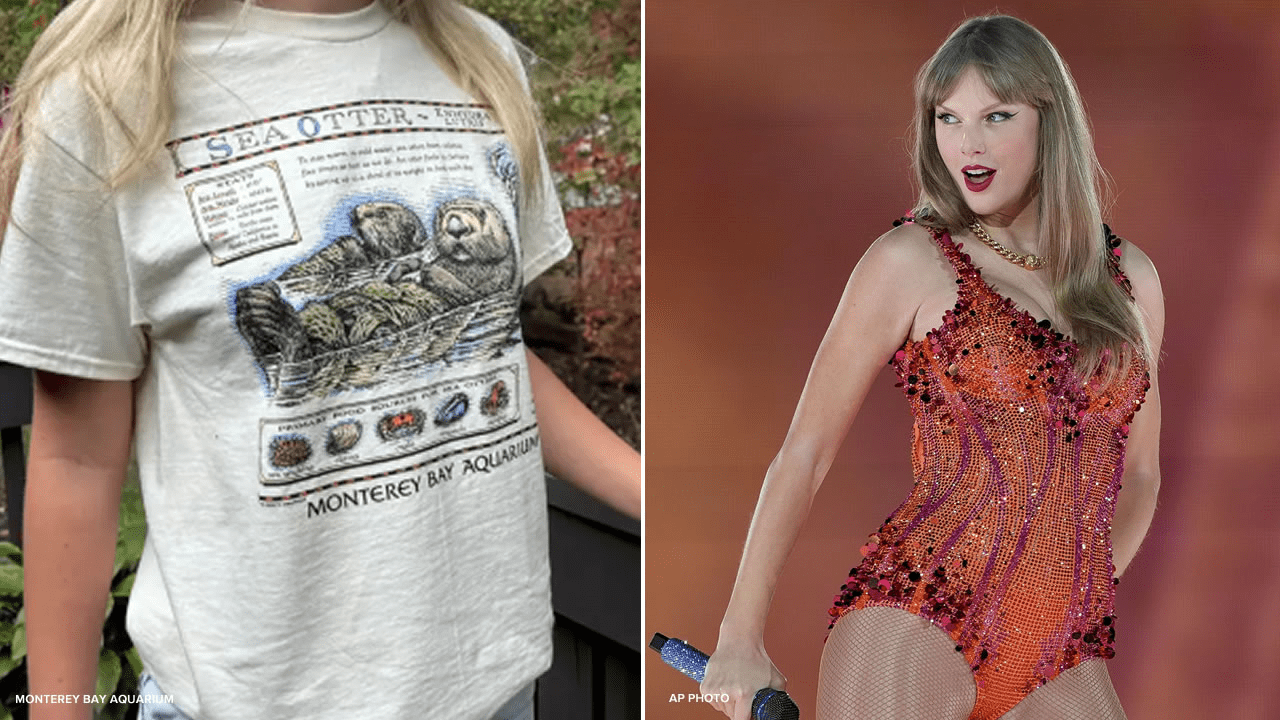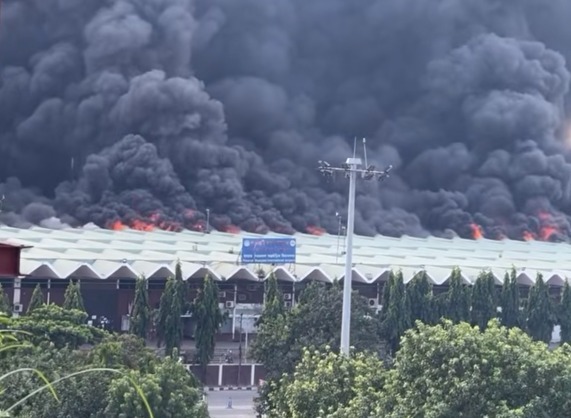A meme presidency meets AI virality
President Donald Trump posted an AI-generated clip showing a “King Trump” fighter jet dumping brown sludge over street protesters in New York, prompting condemnation from critics and fresh debate over political deepfakes. The 19-second video, tagged with a creator watermark, features crown-wearing Trump in a cockpit as “Danger Zone” blares. The White House did not respond to requests for comment on Sunday.
The video landed amid nationwide “No Kings” protests and as platforms struggle to police synthetic media in election seasons. While Trump allies framed it as satire, opponents said the imagery glamorized abuse of power and normalized violence against demonstrators.
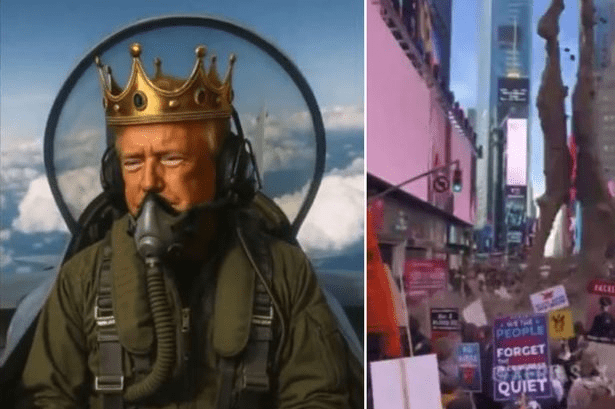
Platforms, policy and a new attention economy
The episode illustrates how political figures use AI spectacle to dominate feeds, overwhelm fact-checking, and harden supporter identities. It also highlights messy platform rules: labels are inconsistent, takedowns vary by venue, and enforcement often lags virality. Policy proposals—watermarks, provenance tech, and expedited complaints—remain patchy, and their effectiveness hinges on platform buy-in and user literacy.
For campaigns and newsrooms, the incentive is clear: remixable visuals travel farther than text, even when obviously unreal. That keeps AI content at the center of culture-war skirmishes—and raises the costs of verification for journalists and voters alike.

 TPW DESK
TPW DESK 